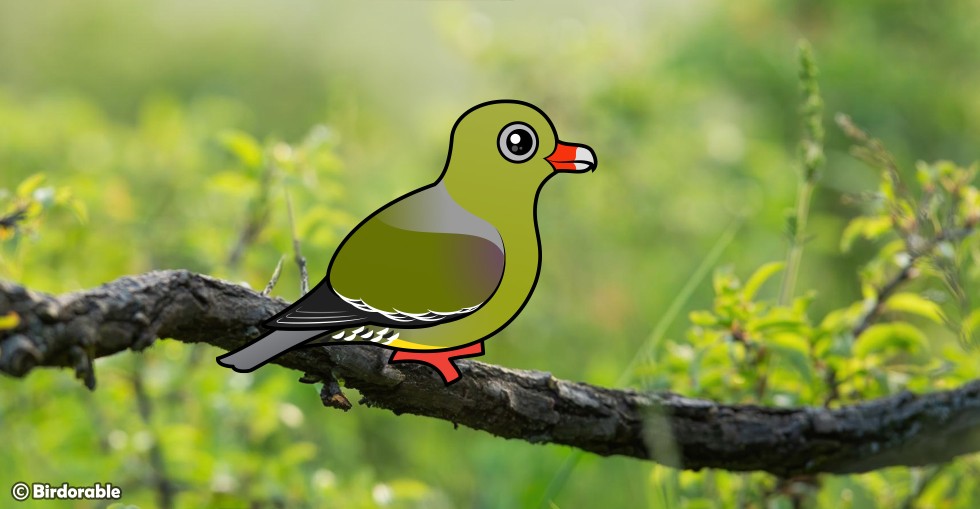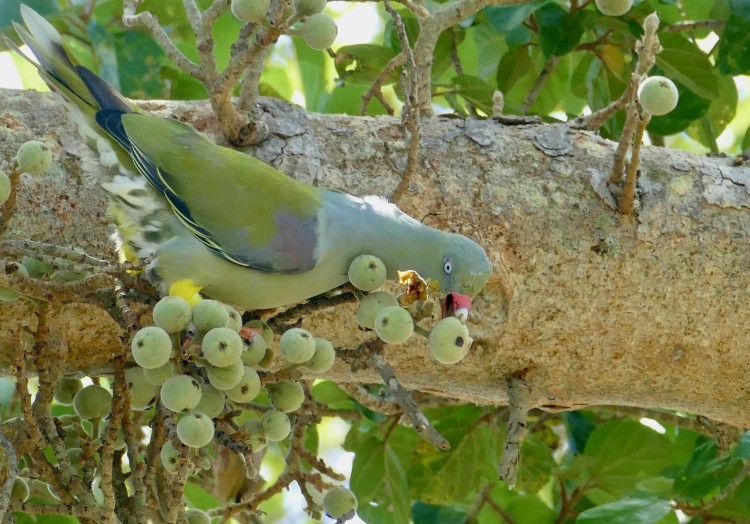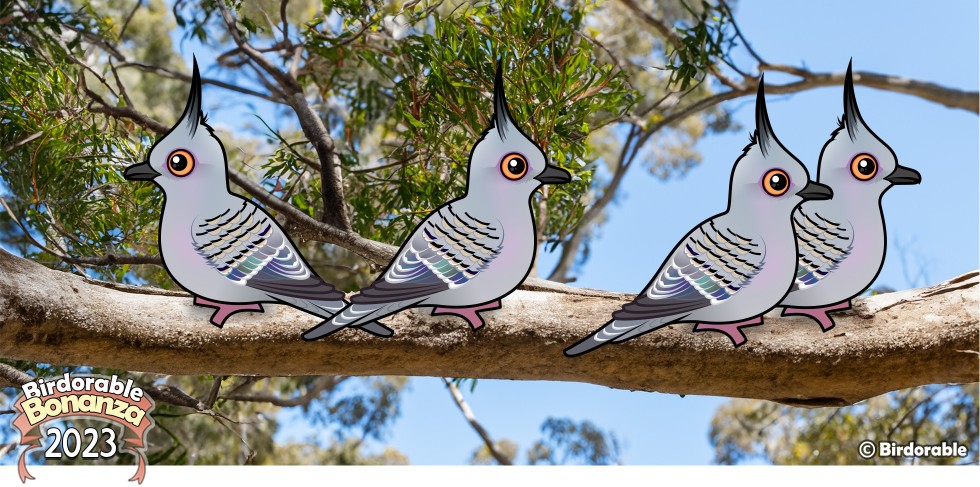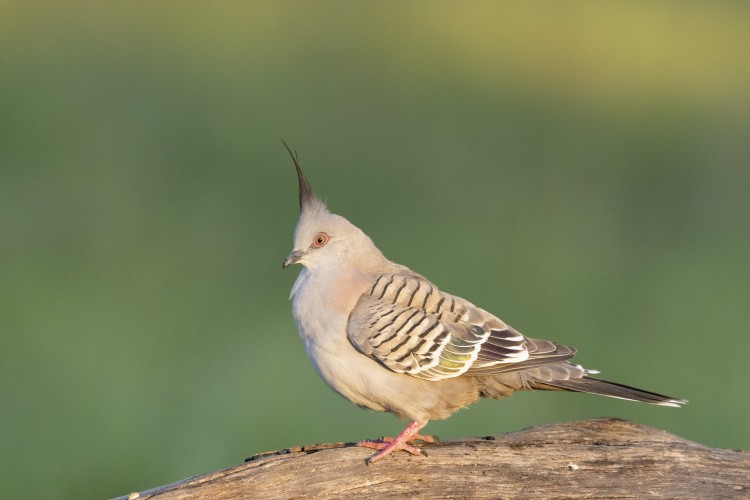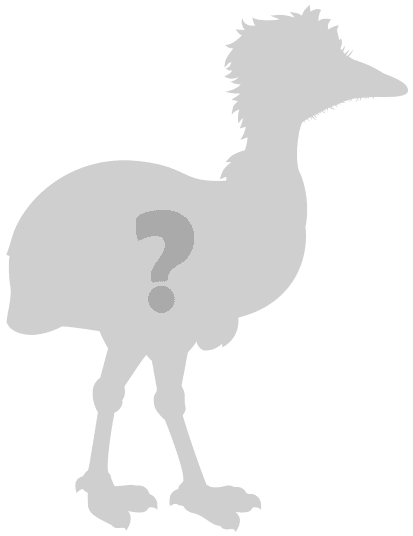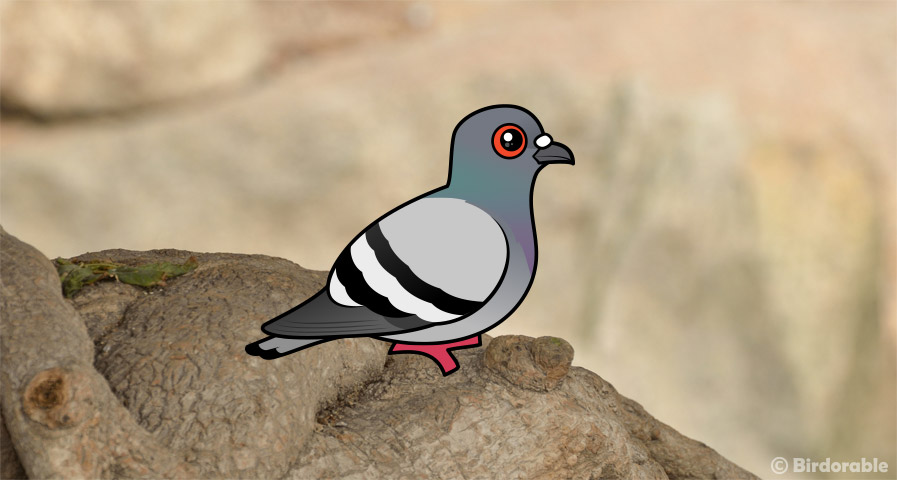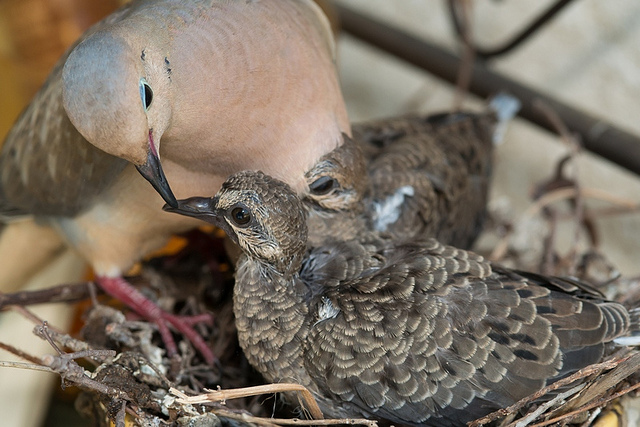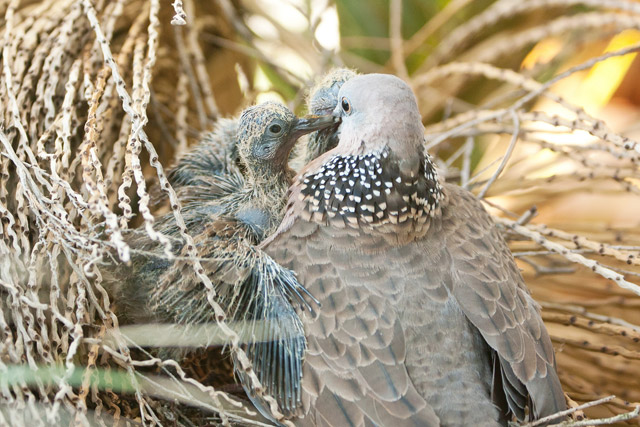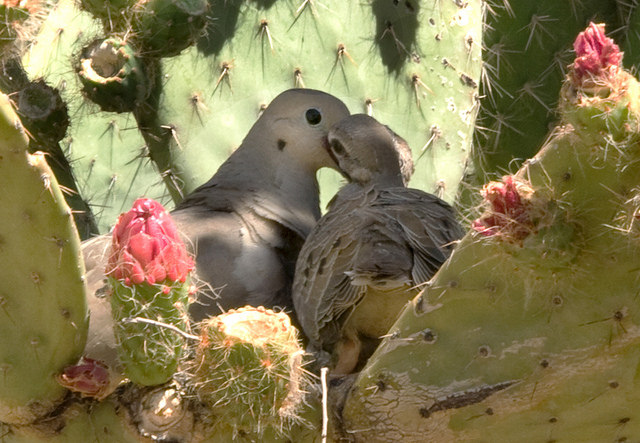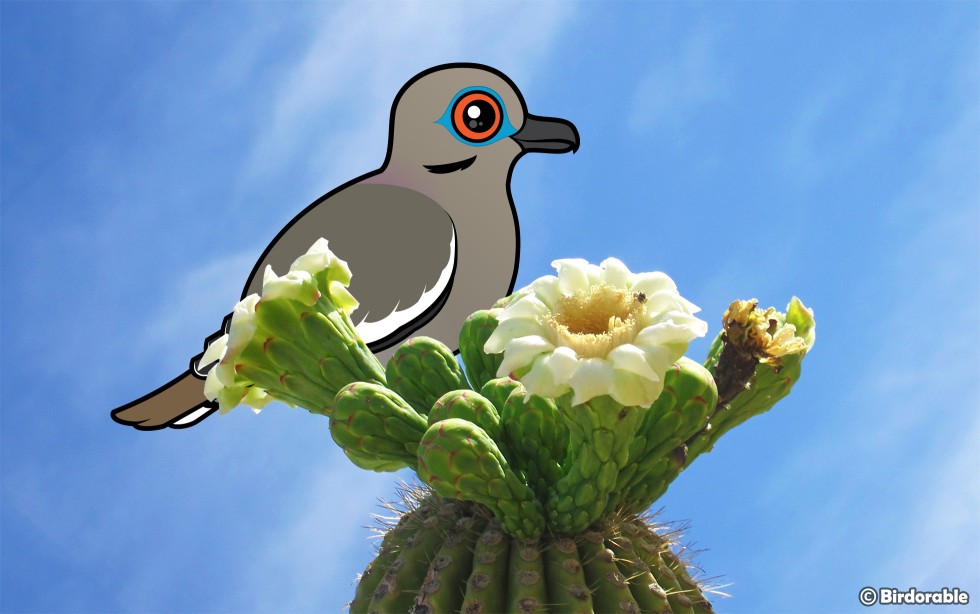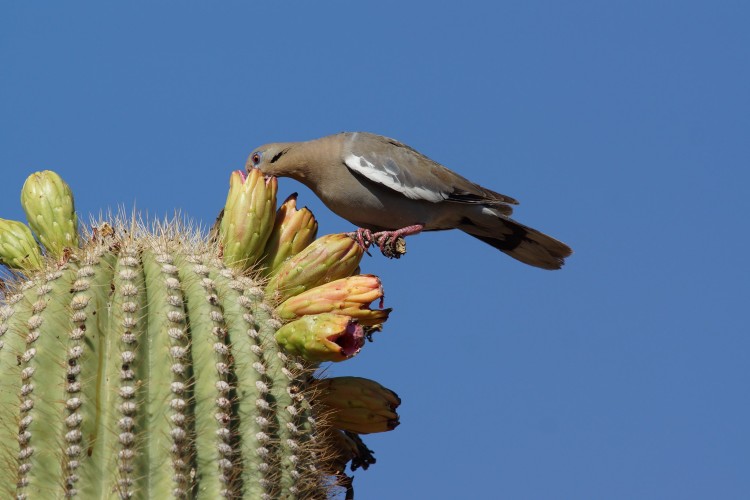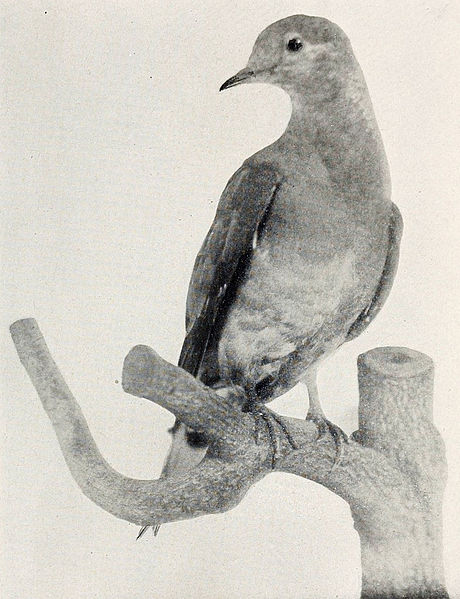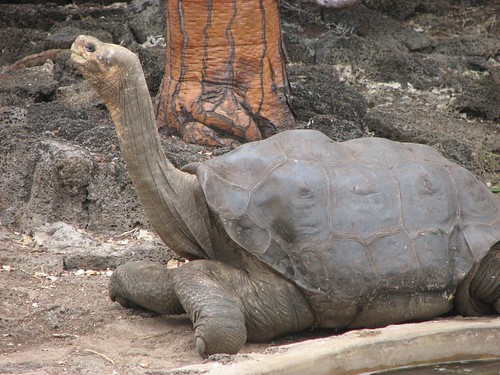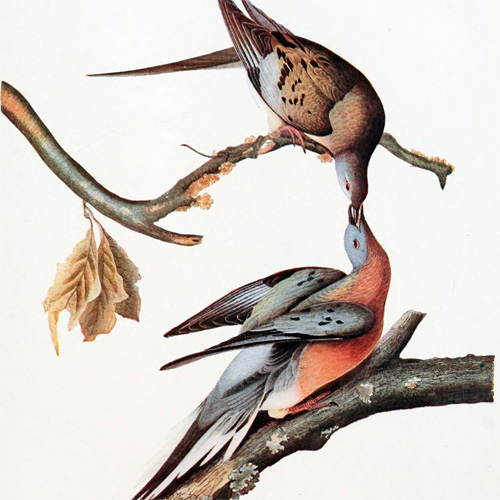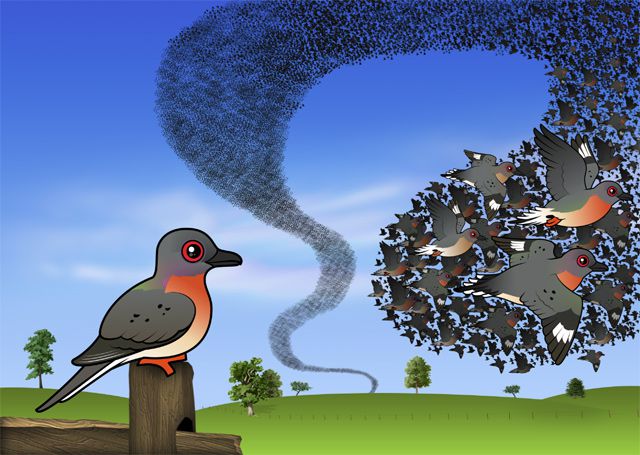2024 Birdorable Bonanza Bird #15
Meet the Spinifex Pigeon: Australia’s Flashy Desert Specialist
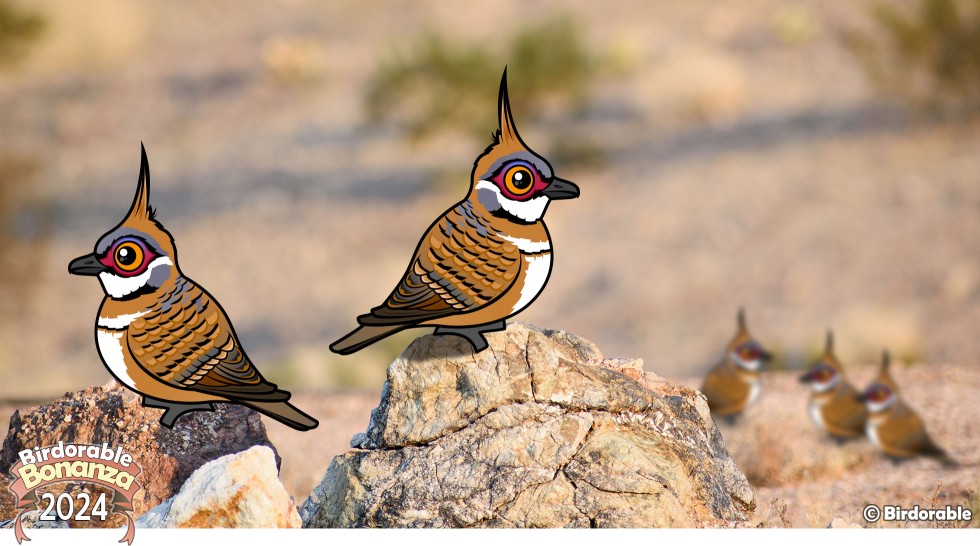
Today we're concluding our 2024 Birdorable Bonanza with a spectacular new addition to our pigeon and dove family: it's the Spinifex Pigeon!
The Spinifex Pigeon is a unique and striking bird native to the arid and semi-arid regions of Australia. With its distinctive appearance and ability to thrive in some of the harshest environments, this pigeon is a fascinating example of adaptation to desert life.
The Spinifex Pigeon is a small, ground-dwelling bird characterized by its chestnut-brown plumage and bold facial markings. Its white face has black stripes running across the eyes and throat, creating a mask-like appearance. Its body is patterned with fine barring that helps it blend into the rocky and grassy landscapes it inhabits. A tall, spiky crest atop its head gives the bird its unmistakable silhouette -- and its name.
These pigeons are most commonly found in areas dominated by spinifex grass, a tough and spiky vegetation that provides these birds both shelter and camouflage. They also inhabit rocky outcrops and dry scrublands, where their cryptic plumage helps them avoid predators. Unlike many pigeons, the Spinifex Pigeon is highly terrestrial and spends much of its time walking on the ground in search of food.
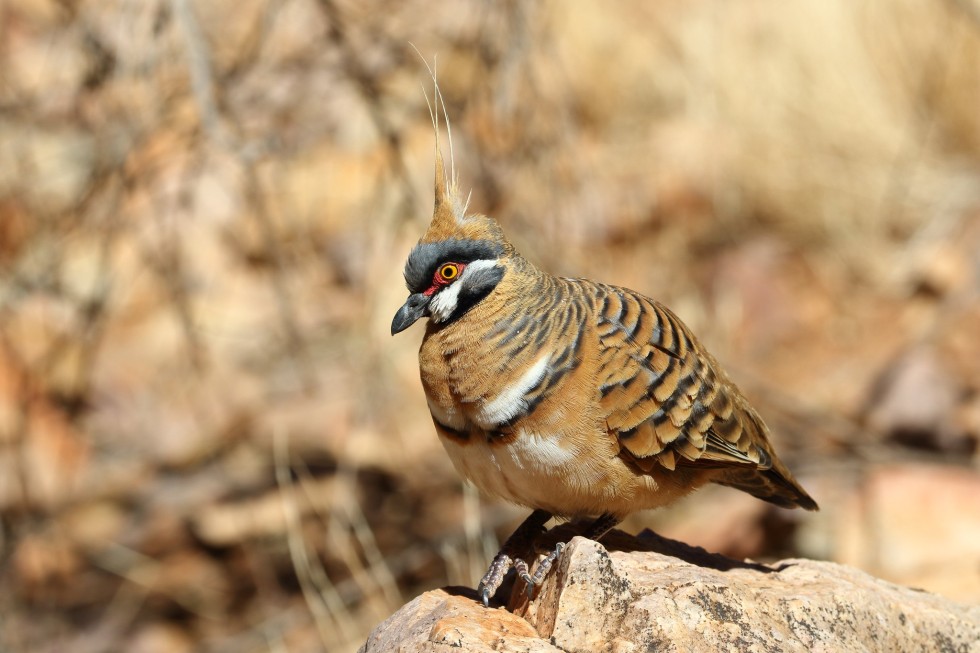
Spinifex Pigeon by Graham Winterflood [CC BY-SA 2.0]
Spinifex Pigeons primarily feed on seeds, which they forage from the ground. They are well-adapted to the arid climate, seeking out water sources in their environment. When water is available, they can often be seen congregating at waterholes during the cooler parts of the day.
In breeding, the Spinifex Pigeon is monogamous, and pairs typically remain together year-round. The female lays one or two eggs in a simple scrape on the ground, often sheltered by spinifex grass or rocks. Both parents share the duties of incubation and feeding the chicks, which hatch fully covered in down and are quickly able to move about.
The Spinifex Pigeon is not currently threatened, as it is well-adapted to its environment and has a stable population across its range. Its ability to survive in extreme conditions and its striking appearance make it a favorite among birdwatchers exploring Australia’s outback.
Spinifex Pigeon Gifts from Birdorable
🎉 And that’s a wrap for the 2024 Birdorable Bonanza! Over the past 15 days, we’ve introduced a fun lineup of new birds, each more fascinating and adorable than the last. From vibrant songbirds to unique desert dwellers, these additions celebrate the diversity and beauty of the avian world. Thank you for joining us on this exciting journey—we hope you’ve enjoyed meeting our new Birdorable friends as much as we’ve loved sharing them with you. Stay tuned for more bird fun and surprises to come! 🐦❤️










